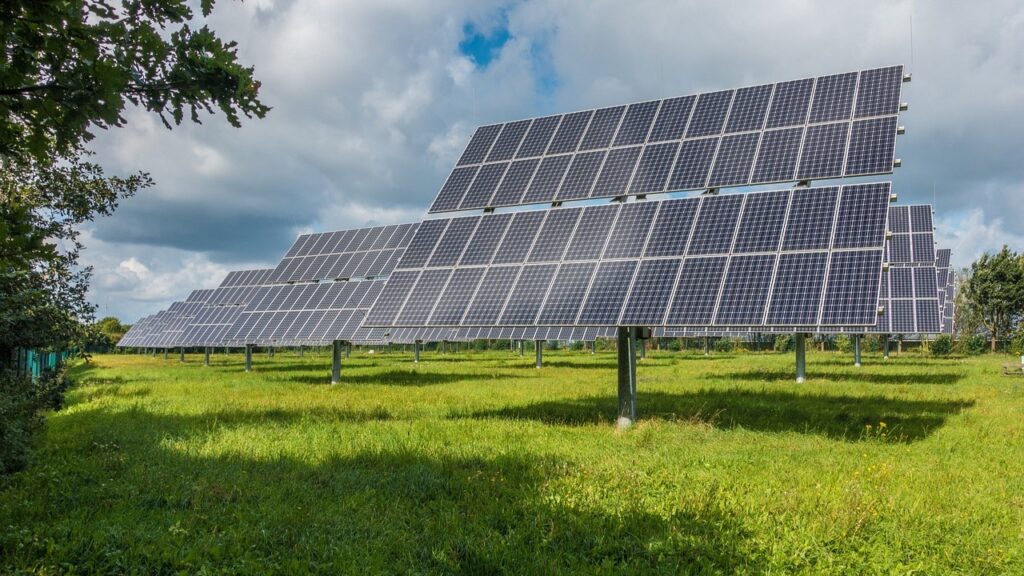York University research shows importance of measuring solar farm biodiversity
 Investment in solar farms requires clear reporting metrics, the study says. Image: Sebastian Ganso via Pixabay
Investment in solar farms requires clear reporting metrics, the study says. Image: Sebastian Ganso via Pixabay
A new study led by York University has shown that investment in solar farms could provide a major boost for biodiversity in the UK, but only if consistent metrics for evaluation are established.
The paper, titled Nature Positive Solar Investment: Industry Guidance, makes a case for investment in solar farms not just for the potential contribution to clean energy generation goals but also for the role that solar farms can play in restoring nature on UK land.
The report also lays out a series of indicators and metrics that should be used to monitor the impact of solar farm projects on the natural world, including ecology and land management, ESG, and green finance. It notes that “Indicators need to be communicable, credible, consistent, feasible, and scalable to meet the needs of stakeholders in relation to reporting of Nature Positive investments.”
“Nature Positive” is the term used to refer to the UN target to halt and reverse biodiversity loss by 2030 and achieve nature recovery by 2050.
Researchers assessed various forms of measuring biodiversity based on their potential suitability for use in financial and ESG disclosure. These included bird species richness, soil carbon content, bee and butterfly species richness, and nectar production potential. A wide variety of evaluation methods were found to have high suitability for use in disclosure and scaling up over a portfolio of assets, including many methodologies already used by Solar Energy UK.
The UK was recently declared to be one of the world’s most nature-depleted ries, owing to dramatic declines in biodiversity over the past half-century. The report notes that only around a third of the land use of a solar farm is overshadowed by solar panels, allowing much space for wildlife growth and grazing, while the 40-year average lifespan of a solar farm provides significant time for nature recovery compared to other forms of land use. The report notes that “in combination with solar’s position at the crossroads of climate, nature and strategic land use policy, the industry is uniquely placed to incorporate natural capital, biodiversity and ecosystem service enhancement on solar farms.”, adding that “this outlook also offers promising opportunities for Nature Positive investment and potential for trading on nascent nature markets.”
Dr Tim Coles, project director for the study and CEO of rePLANET, said: “Integrating biodiversity into finance is crucial for building a nature-positive future. In the context of building a green future, delivering on national priorities, and unlocking technology to achieve Net Zero by 2050, funding for research that integrates biodiversity into finance is essential. This study provides valuable insights into how financial mechanisms can support biodiversity, creating robust frameworks and standards for Nature Positive investments.”
This content was collected from the Internet. If you want to it, please contact grace solar management.